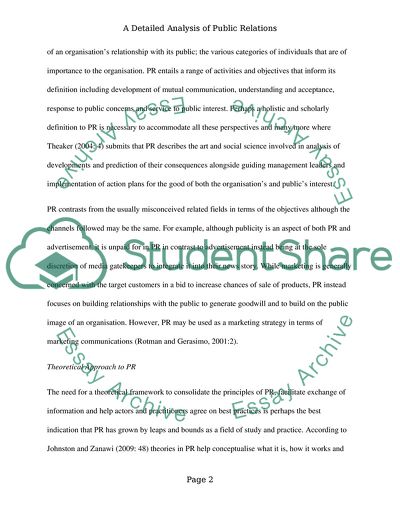Cite this document
(The Impact of Public Relations on Organisations Sales Assignment, n.d.)
The Impact of Public Relations on Organisations Sales Assignment. Retrieved from https://studentshare.org/marketing/1757845-public-relations-analysis-assignment
The Impact of Public Relations on Organisations Sales Assignment. Retrieved from https://studentshare.org/marketing/1757845-public-relations-analysis-assignment
(The Impact of Public Relations on Organisations Sales Assignment)
The Impact of Public Relations on Organisations Sales Assignment. https://studentshare.org/marketing/1757845-public-relations-analysis-assignment.
The Impact of Public Relations on Organisations Sales Assignment. https://studentshare.org/marketing/1757845-public-relations-analysis-assignment.
“The Impact of Public Relations on Organisations Sales Assignment”, n.d. https://studentshare.org/marketing/1757845-public-relations-analysis-assignment.


